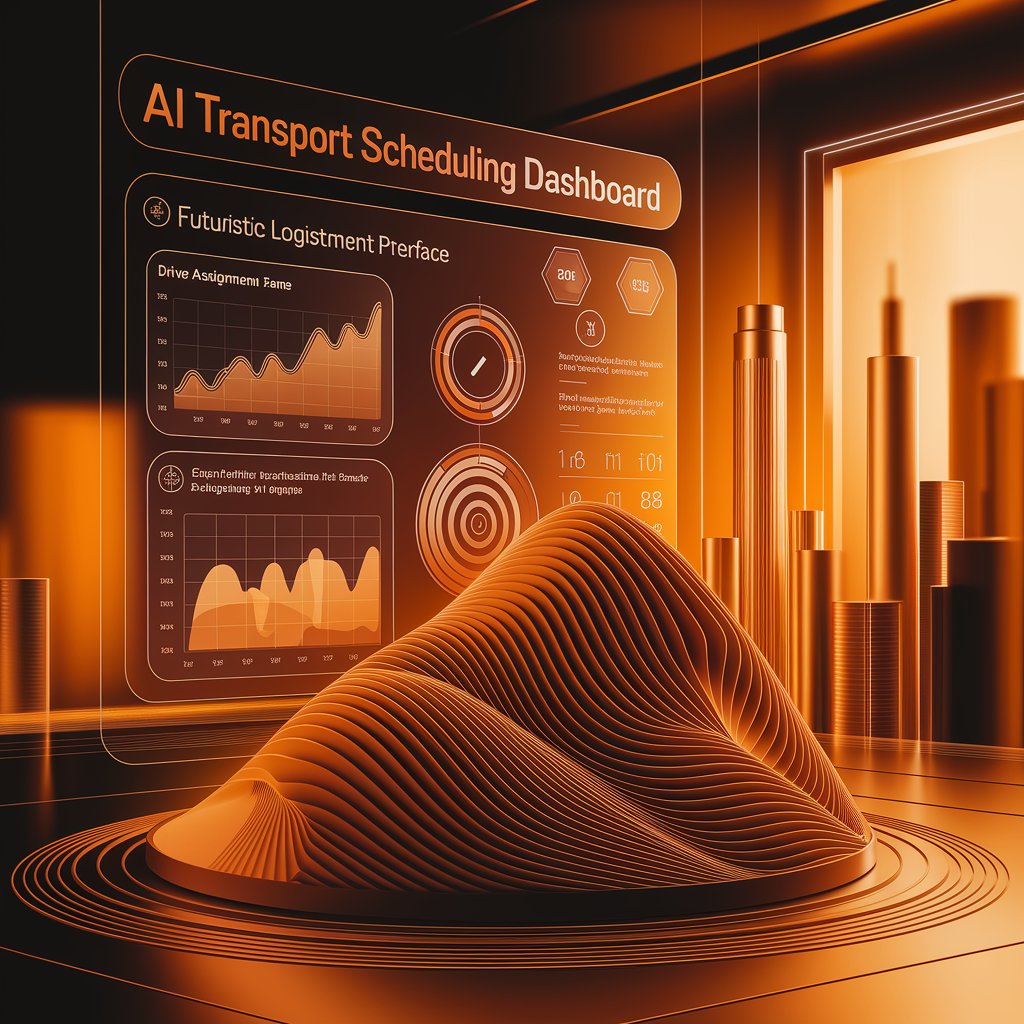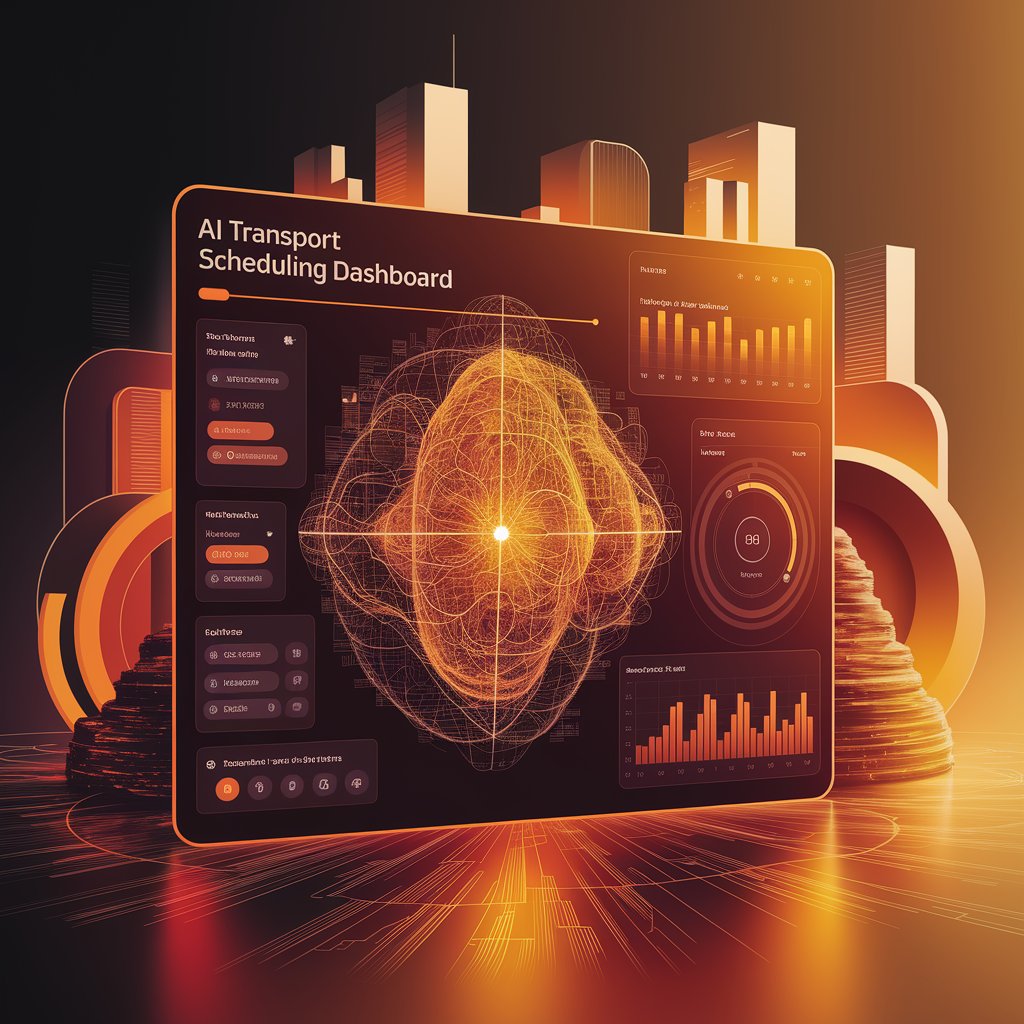AI Transport Scheduling: Smarter Route Planning Through Predictive Automation

Introduction
Linbis brings automation to the next level with AI transport scheduling, an intelligent system that combines predictive analytics, automation, and real-time data to optimize transport planning end-to-end.
With Linbis, scheduling becomes faster, smarter, and fully adaptive to every logistics scenario.
Step 1: Unified Transport Data Integration
Linbis starts by consolidating all transport-related data into one connected ecosystem:
- TMS and WMS integrations: shipment status, inventory levels, and delivery windows.
- Carrier and fleet APIs: truck capacity, routes, and driver availability.
- IoT and GPS data: vehicle positions, performance, and maintenance status.
- External data: traffic, weather, and port congestion updates.
This creates a real-time operational map that allows AI to make precise scheduling decisions.
Step 2: AI-Powered Scheduling Engine
Linbis’s scheduling engine analyzes all variables simultaneously to build the most efficient plan:
- Assigns optimal vehicles and drivers for each route.
- Calculates shortest and safest paths based on conditions.
- Predicts delivery times and capacity utilization.
- Automatically adjusts schedules when disruptions occur.
The AI continuously learns from past performance, making each new plan more accurate and efficient than the last.
Step 3: Predictive and Dynamic Rescheduling
Unlike traditional scheduling, Linbis can replan in real time when conditions change:
- Detects traffic jams, accidents, or weather events.
- Auto-adjusts departure times and delivery ETAs.
- Suggests reassignments or reroutes instantly.
- Notifies drivers, dispatchers, and customers automatically.
This ensures zero downtime and maximum flexibility — even during unpredictable days.

Step 4: Workflow Automation and Notifications
AI transport scheduling doesn’t just plan — it executes:
- Creates dispatch tasks automatically when schedules are confirmed.
- Sends digital manifests and instructions to drivers.
- Updates shipment status across all systems in real time.
- Triggers billing and document workflows after deliveries are completed.
Every operational step is connected through automated workflows, reducing manual input and response time.
Step 5: Optimization Through Predictive Analytics
Linbis uses predictive analytics to go beyond short-term scheduling:
- Forecasts future demand peaks and fleet requirements.
- Identifies recurring route inefficiencies.
- Predicts fuel usage and cost fluctuations.
- Suggests long-term improvements based on performance trends.
These insights allow companies to strategically optimize transport networks, not just manage them day-to-day.
Step 6: Performance Monitoring and Continuous Learning
Linbis tracks all transport KPIs through live dashboards:
- On-time delivery rate.
- Vehicle utilization and idle time.
- Cost per mile or route.
- Driver performance metrics.
Each completed schedule feeds data back into the AI, improving predictions and making logistics operations self-optimizing over time.

Advanced Features
- AI-driven dynamic scheduling and rescheduling.
- Automatic driver and vehicle assignment.
- Predictive route optimization based on live data.
- Integrated dispatch and communication workflows.
- Real-time KPI dashboards for continuous improvement.
Real-World Example 🚛
A transport company in the Netherlands implemented Linbis AI transport scheduling to manage its cross-border fleet.
In 3 months:
- Scheduling time reduced by 80%.
- Fuel consumption dropped by 14%.
- Delivery punctuality improved by 27%.
Now, dispatchers focus on strategy while Linbis AI handles daily transport coordination automatically.

Benefits 📈
- Efficiency: Schedule and optimize routes instantly.
- Accuracy: Eliminate manual scheduling errors.
- Adaptability: React to real-time changes automatically.
- Visibility: Track performance metrics live.
- Scalability: Manage complex fleets with predictive automation.
Conclusion
With AI transport scheduling, Linbis turns traditional dispatch management into a predictive, automated, and intelligent process.
By integrating data, analytics, and automation, it helps logistics teams operate faster, leaner, and smarter — no matter how complex their transport network is.
In the world of modern logistics, the future of scheduling is already here — and it’s powered by Linbis AI.
